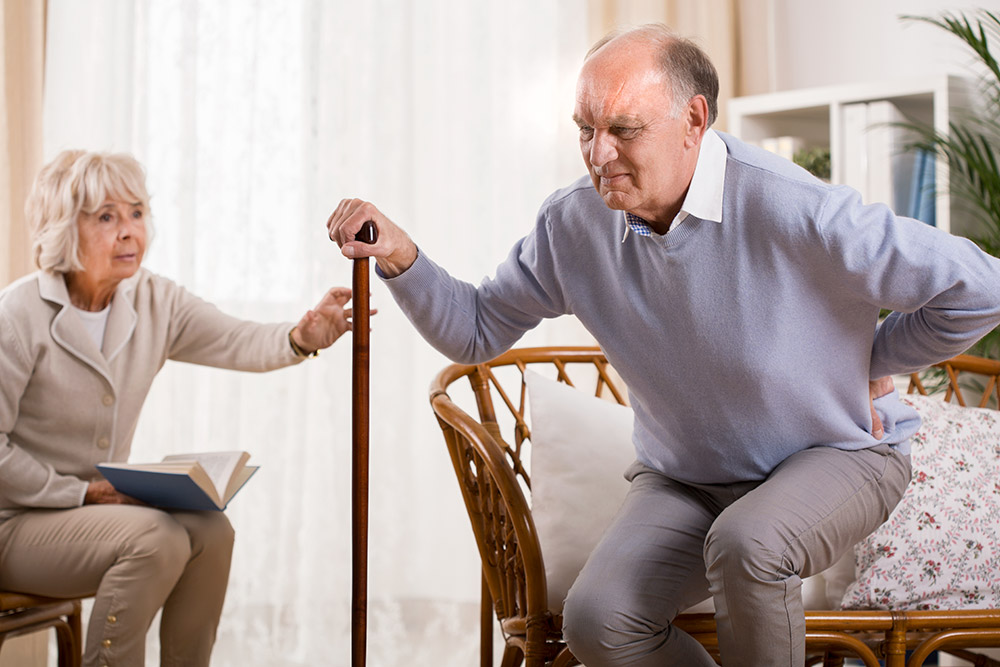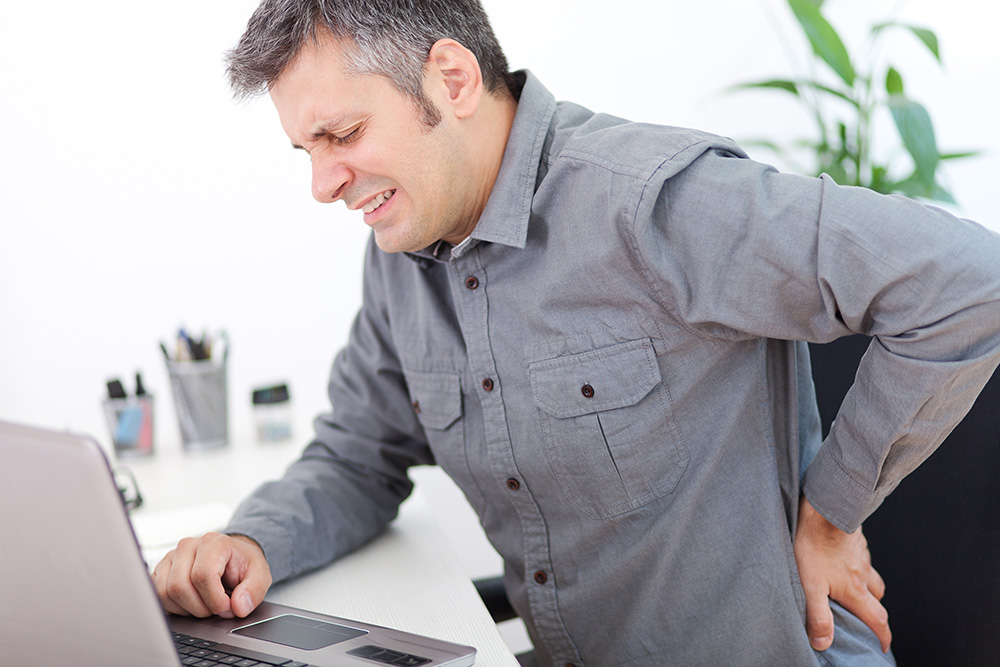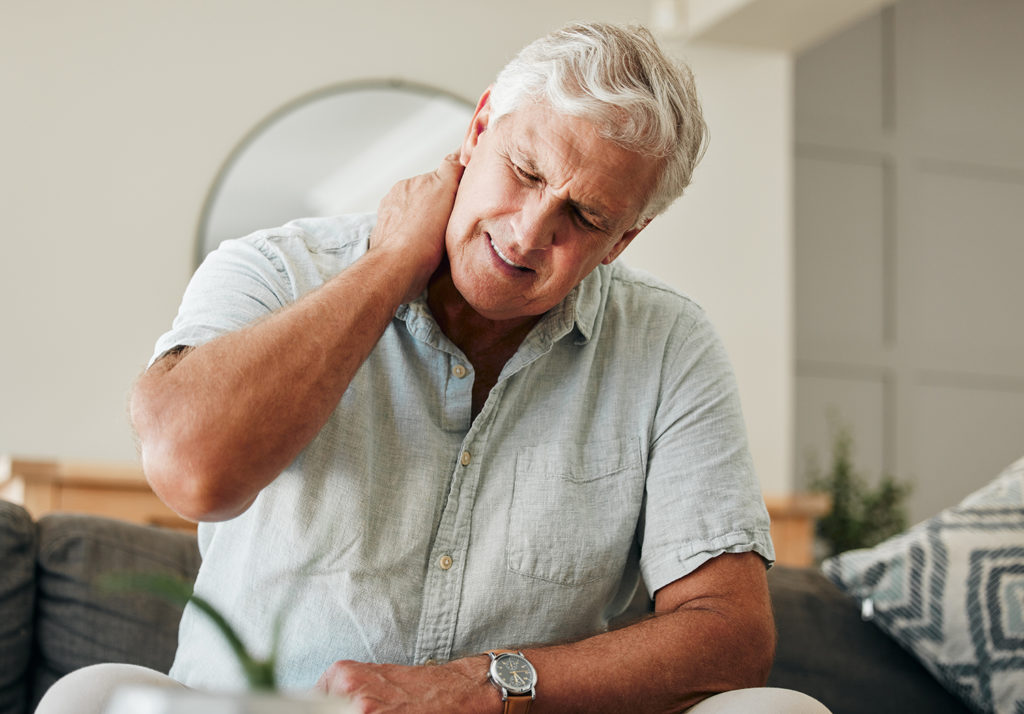Endometriosis is a chronic condition characterised by growth of endometrial tissue in sites other than the uterus, most commonly in the pelvic cavity, but also in other parts of the body (RCOG 2006).
This ectopic tissue responds to the hormonal changes of the menstrual cycle, with subsequent bleeding, inflammation, and pain. If the ovaries are affected, endometriotic ovarian cysts may develop (Bulun 009). Although the condition may be asymptomatic, common symptoms include dysmenorrhoea, dyspareunia, non-cyclical pelvic and abdominal pain, and subfertility (RCOG 2006). When endometriosis remains untreated, the disease progresses in around a third of women, but seems either to resolve or does not progress in the rest (DTB 1999). The prevalence is estimated to vary from 2-22% of women and, in women with dysmenorrhoea, the incidence of endometriosis is 40-60% (Johnson 2007).
Potential causes of endometriosis
The cause of endometriosis is not known, but several factors are thought to be involved in its development. These include retrograde menstruation; embryonic cells giving rise to depositsin distant sites around the body; an abnormal quantity or quality of endometrial cells; failure of immunological mechanisms; angiogenesis; and the production of antibodies against endometrial cells (Gazvani 2002, Rock 1992, Seli 2003, Kyama 2003, Oral 1996).
Endometriosis pain
Pain due to endometriosis can be functional, neuropathic, due to inflammation, or result from a combination of these. It may be evoked by a low intensity, normally innocuous stimulus (allodynia), it may be an exaggerated and prolonged response to a noxious stimulus (hyperalgesia), or it may be spontaneous in the absence of any apparent peripheral stimulus (Lundeberg 2008). In addition, oestrogens and prostaglandins probably play key modulatory roles in endometriosis and the pain it causes (Lundeberg 2008).
Medical treatments for endometriosis
Consequently, current medical treatments for the condition include drugs such as NSAIDs, combined oral contraceptives, progestogens, androgenic agents and gonadotrophin releasing hormone analogues, as well as surgical excision of endometriotic lesions. However, management of pain in women with endometriosis is often inadequate.
References
Bulun, S.E. (2009) Mechanisms of disease: endometriosis. New England Journal of Medicine 360(3), 268-279.
Gazvani R. Templeton A. Peritoneal environment, cytokines and angiogenesis in the pathophysiology of endometriosis. Reproduction 2002; 123(2): 217-26.
Kyama C et al. Potential involvement of the immune system in the development of endometriosis. Reproductive Biology and Endocrinology 2003 1; 123.
Johnson N, Farquhar C, 2007. Endometriosis. Clinical Evidence. BMJ Publishing Group Ltd. www.clincalevidence.com
Lundeberg T, Lund I. Is there a role for acupuncture in endometriosis pain, or ‘endometrialgia’? Acupunct Med 2008; 26 (2): 94-110.
Managing endometriosis. Drug & Therapeutics Bulletin 1999; 37: 25-32.
Orl E et al. The peritoneal environment in endometriosis. Human Reproduction Update 1996; 2: 385-98.
RCOG, 2006. The investigation and management of endometriosis. Royal College of Obstetricians and Gynaecologists. www.rcog.org.uk
Rock JA, Markham SM. Pathogenesis of endometriosis. Lancet 1992; 340:1264-7.
Seli E et al. Pathogenesis of endometriosis. Obstet Gynecol Clin North Am 2003; 30: 41-61.
Acupuncture for endometriosis
In general, acupuncture is believed to stimulate the nervous system and cause the release of neurochemical messenger molecules. The resulting biochemical changes influence the body’s homeostatic mechanisms, thus promoting physical and emotional well-being. Stimulation of certain acupuncture points has been shown to affect areas of the brain that are known to reduce sensitivity to pain and stress (Wu 1999).
There is preliminary evidence to support acupuncture as an effective treatment for endometriosis, with one small sham controlled trial (Wayne 2008) and a few comparative studies against Western medication (Yan 2008, Xia 2006, Sun 2006), though further research is needed to confirm this.
It has been shown that acupuncture treatment may specifically be of benefit in people with endometriosis by:
- providing pain relief – by stimulating nerves located in muscles and other tissues, acupuncture leads to release of endorphins and other neurohumoral factors, and changes the processing of pain in the brain and spinal cord (Zhao 2008, Han 2004, Zijlstra 2003, Pomeranz 1987).
- reducing inflammation – by promoting release of vascular and immunomodulatory factors Kavoussi 2007, Zijlstra 2003).
- regulating levels of prostaglandins (Jin 2009)
- combining acupuncture with Chinese herbal medicine for endometriosis has been shown in animal studies to down-regulate the abnormal increase of matrix metalloproteinase-2 (MMP-2) levels that is associated with ectopic activity of endometrial cells. The treated rats had reduced areas of ectopic tissue (Chen 2008). MMP-2 is required for the anchoring of the placenta to the uterine wall in pregnancy but over-production can lead to endometriosis.
Endometriosis UK is the leading national charity dedicated to providing support and information for women who have the condition. wwdometriosis-uk.org
Acupuncture in Worthing
Acupuncturist Rebecca Bond works at Broadwater Osteopaths in Worthing. She has a specialist interest in helping people with hormone related issues, fertility, period pains, endometriosis, pain control, fatigue and wellbeing.






